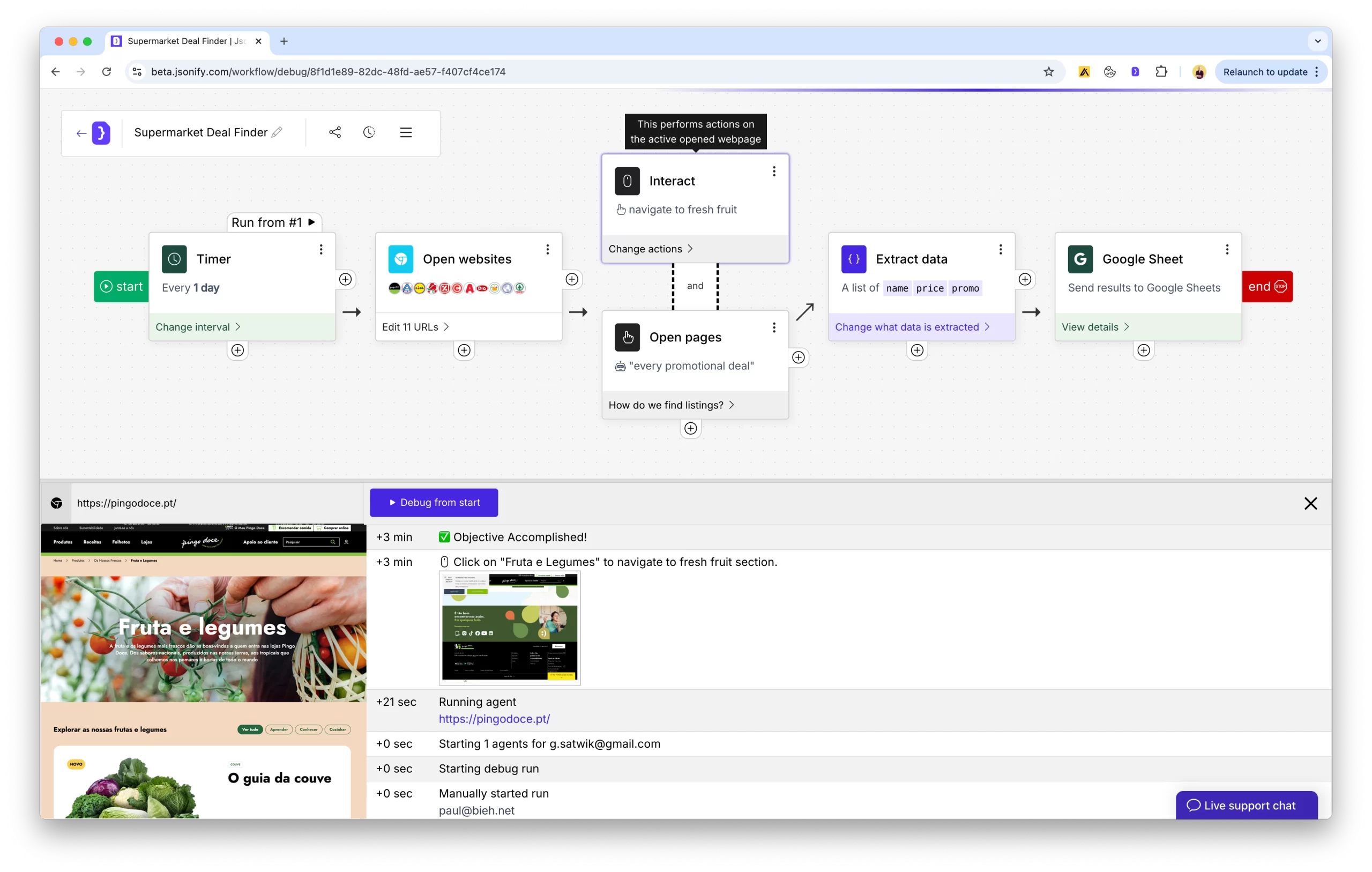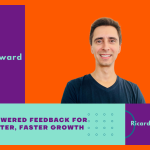Web scraping is a pain—it’s fragile, time-consuming, and each company ends up reinventing the wheel. Jsonify addresses this by utilizing AI agents to automatically find, extract, and filter data at scale, reacting automatically when websites change. Founder Paul Hunkin discusses how years of experience developing data pipelines lead him to Jsonify, why traditional scraping technologies do not scale, and how AI is revolutionizing data collection.
1. What inspired you to create Jsonify, and how did your background influence the platform’s development?
Paul Hunkin: I’ve been building stuff as a consultant and a dev for a long time. I’ve built a lot of data scraping and data pipeline tooling over the last couple of decades. It’s never been the most fun thing to build and maintain, but it’s always an annoying part of the tech pipeline that almost everyone needs. And every company was building their own set of scraping tooling in-house, with ad-hoc scripts and libraries. Or worse, they were collecting data themselves manually, which is a pretty boring chore.
I started building Jsonify when I realized AI was a solution to this. After a couple of rounds of iteration, we’ve ended up with an AI platform that uses AI agents to navigate a browser and understand websites, documents, web apps, and images to find and extract useful data. So you don’t have to collect data yourself, you don’t have to maintain brittle scraping code yourself — you just use our no-code dashboard to tell the AI where to go and what to pull out, and it’ll take care of the rest.
2. How does Jsonify simplify data collection and workflow automation for non-technical users?
Paul Hunkin: Users build “workflows” in our dashboard, simple sets of steps to direct the agent. For example, you could build a set of steps like: “Open aipressroom.com, open each article, find the company mentioned in the article, Google for their homepage, then navigate to their homepage to find the pricing information, then send that to a Google Sheet.” The AI will do that in the cloud.
And then the really cool thing is that you can apply those workflows to new sites, too. The find-pricing-info flow I described above would work perfectly well on Techcrunch, say. Or thousands of other news sites. So you can perfect the workflow on one site, then upload a CSV of a million more URLs and apply the same flow to others, too. You don’t have to teach the AI about the new site; it just works! And when the sites change design, we automatically learn the new layout and design as well.

Jsonify automates data extraction at scale—no coding needed.
3. What unique challenges did Jsonify address in the traditional data scraping and synchronization market?
Paul Hunkin: It’s fairly simple to code a single data scraper for one site at once. If that’s all you need, you don’t need us. Great!
But it’s much harder to build one for ten, one hundred, or thousands of sites—not to mention the maintenance burden of keeping all those scrapers running month after month. That’s where Jsonify really shines.
4. How does Jsonify’s AI adapt to evolving web structures and ensure data accuracy?
Paul Hunkin: We use a fairly unique computer vision approach. We ‘look’ at the page with a set of custom CV models running on our dedicated hardware. We don’t rely on scraping the DOM, HTML, or anything like that—what we see is what you get.
This means that we’re able to pull out data from anything visible on the screen, including from documents, images, weird applets, animations, etc.
5. What industries or use cases have seen the most significant impact from Jsonify?
Paul Hunkin: We’ve seen a lot of interest in competitive intelligence at scale—think: “Go and collect all the latest deals from 100+ supermarket chains every hour.” Many people are also using us for lead generation and outreach purposes to keep their sales pipeline full. We’re writing up some fun case studies on the website now.
6. Jsonify for Startups offers tailored guidance and discounts. How has this program supported entrepreneurs?
Paul Hunkin: Actually, we’re pivoting away a bit from the startup ICP. We’re targeting larger companies and big enterprises in 2025, so I’ve answered that instead.
We find that large businesses and enterprises have some really interesting problems. They tend to work at quite large scales, and we’ve found we can deliver a lot of value by both modernizing their existing data collection and unlocking new sources of data they might not have been taking advantage of before now. Because Jsonify is a flexible horizontal platform, we often find that we start by solving one problem for the business and then expand into solving additional problems for the business.
7. How does Jsonify address data security and compliance for businesses?
Paul Hunkin: We’re already GDPR compliant, and we’ll be SOC2 compliant soon.
For our large enterprises, we’re also happy to talk about on-prem deployment if need be.
8. What does the future look like for Jsonify in terms of features and market expansion
Paul Hunkin: We’re continuing to scale out the product — there’s a ton of really cool stuff in the pipeline. And we’re actively onboarding new businesses to the platform!
We’re concentrating on large-scale agentic data extraction, as it’s fairly clear that the lower end of the AI agent market is going to be taken by things like ChatGPT Operator. It’s great for us they released that — there’s a ton of interest and awareness now of the fact that hey, AI can operate a browser. And so we’re in a good position to be able to position ourselves as the solution to do that kind of stuff at a large scale, hands-off, rather than the more hands-on approach of Operator and the like.
9. What have been the most significant challenges in building Jsonify, and how did you overcome them?
Paul Hunkin: It’s a really easy problem to solve—about 50% of the way. After that, it becomes a Pareto curve, where it’s increasingly difficult to improve reliability and effectiveness. So, it took quite a bit of engineering and iteration before we had the system to the point where we were happy.
On the UI/UX side, it’s an ongoing challenge to build a workflow editor that’s smooth and simple enough for anyone to use without sacrificing functionality and power. We’ve got some cool ideas for that in 2025, though!
10. What does a typical day look like for you as the driving force behind Jsonify?
Paul Hunkin: We’re split across a few different cities, though all in the same time zone. So we spend a lot of time on Slack and Meets. I’ve worked remotely almost my whole career, though, so this isn’t new to me.
My time nowadays is pretty split across sales/growth/outreach, coordinating our existing enterprise pilots, and doing some development on the dashboard side. Keeping busy!
Editor’s Note
Paul Hunkin isn’t simply enhancing web scraping; he’s automating it completely. Jsonify substitutes fragile scripts with AI agents that can browse, extract, and update data without crashing. Jsonify tracks competitor pricing, automates lead generation, and collects market information all without the usual maintenance headache. If it works, manual data extraction may become obsolete.



